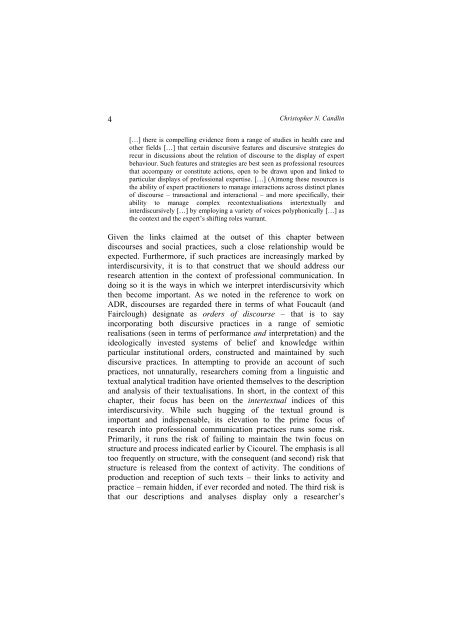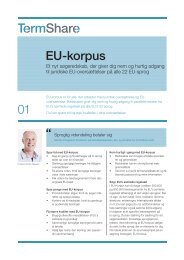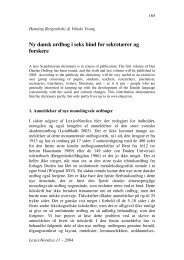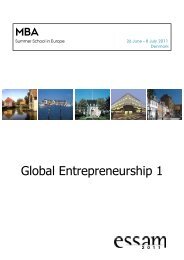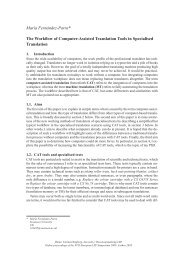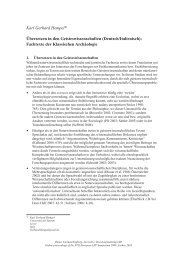Accounting for Interdiscursivity: Challenges to Professional Expertise
Accounting for Interdiscursivity: Challenges to Professional Expertise
Accounting for Interdiscursivity: Challenges to Professional Expertise
You also want an ePaper? Increase the reach of your titles
YUMPU automatically turns print PDFs into web optimized ePapers that Google loves.
4<br />
Chris<strong>to</strong>pher N. Candlin<br />
[…] there is compelling evidence from a range of studies in health care and<br />
other fields […] that certain discursive features and discursive strategies do<br />
recur in discussions about the relation of discourse <strong>to</strong> the display of expert<br />
behaviour. Such features and strategies are best seen as professional resources<br />
that accompany or constitute actions, open <strong>to</strong> be drawn upon and linked <strong>to</strong><br />
particular displays of professional expertise. […] (A)mong these resources is<br />
the ability of expert practitioners <strong>to</strong> manage interactions across distinct planes<br />
of discourse – transactional and interactional – and more specifically, their<br />
ability <strong>to</strong> manage complex recontextualisations intertextually and<br />
interdiscursively […] by employing a variety of voices polyphonically […] as<br />
the context and the expert’s shifting roles warrant.<br />
Given the links claimed at the outset of this chapter between<br />
discourses and social practices, such a close relationship would be<br />
expected. Furthermore, if such practices are increasingly marked by<br />
interdiscursivity, it is <strong>to</strong> that construct that we should address our<br />
research attention in the context of professional communication. In<br />
doing so it is the ways in which we interpret interdiscursivity which<br />
then become important. As we noted in the reference <strong>to</strong> work on<br />
ADR, discourses are regarded there in terms of what Foucault (and<br />
Fairclough) designate as orders of discourse – that is <strong>to</strong> say<br />
incorporating both discursive practices in a range of semiotic<br />
realisations (seen in terms of per<strong>for</strong>mance and interpretation) and the<br />
ideologically invested systems of belief and knowledge within<br />
particular institutional orders, constructed and maintained by such<br />
discursive practices. In attempting <strong>to</strong> provide an account of such<br />
practices, not unnaturally, researchers coming from a linguistic and<br />
textual analytical tradition have oriented themselves <strong>to</strong> the description<br />
and analysis of their textualisations. In short, in the context of this<br />
chapter, their focus has been on the intertextual indices of this<br />
interdiscursivity. While such hugging of the textual ground is<br />
important and indispensable, its elevation <strong>to</strong> the prime focus of<br />
research in<strong>to</strong> professional communication practices runs some risk.<br />
Primarily, it runs the risk of failing <strong>to</strong> maintain the twin focus on<br />
structure and process indicated earlier by Cicourel. The emphasis is all<br />
<strong>to</strong>o frequently on structure, with the consequent (and second) risk that<br />
structure is released from the context of activity. The conditions of<br />
production and reception of such texts – their links <strong>to</strong> activity and<br />
practice – remain hidden, if ever recorded and noted. The third risk is<br />
that our descriptions and analyses display only a researcher’s


